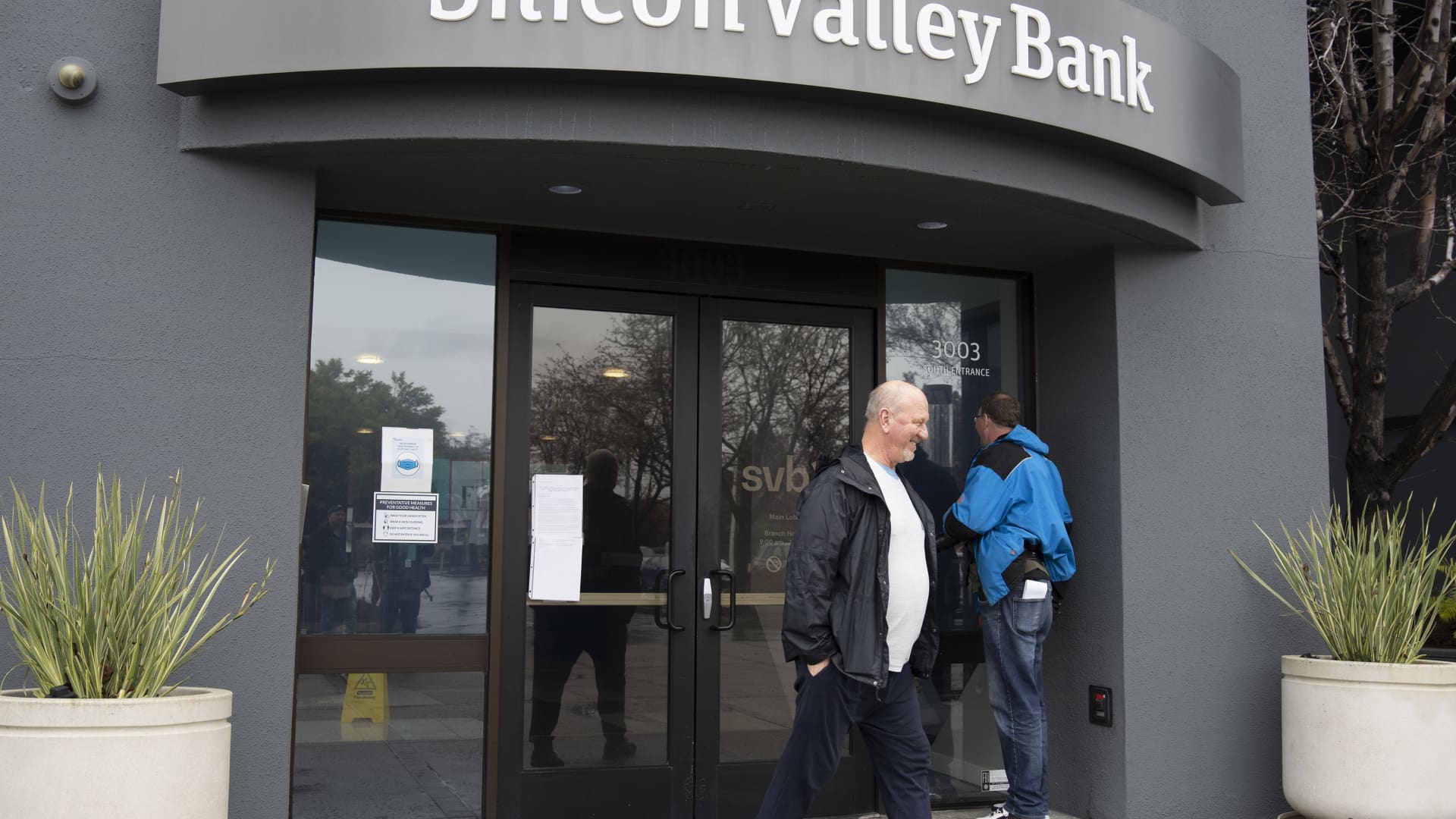The unexpected shutdowns of Silicon Valley Bank and Signature Bank have prompted new questions about the level of protection for bank deposits that many consumers have not asked since the 2008 financial crisis.
The good news for depositors at those banks is they will have full access to their funds as of Monday, after the federal government moved to unwind the institutions and “fully protect depositors,” CNBC reported Sunday.
Depositors at those banks have up to $250,000 in protection per account ownership category, thanks to coverage through the Federal Deposit Insurance Corporation, or FDIC.
Most consumers have FDIC coverage
The FDIC was created in 1933 following thousands of bank failures. Since coverage began in 1934, no depositor has lost insured funds due to a bank failure. The independent government agency is funded by premiums paid by banks and savings associations.
The limit for FDIC coverage is $250,000 per depositor, per bank, in each account ownership category.
“The majority of Americans are going to be covered by FDIC insurance because most Americans have less than $250,000 in a specific bank account,” said Ted Jenkin, a certified financial planner and CEO and founder of oXYGen Financial, a financial advisory and wealth management firm based in Atlanta. He is a member of CNBC’s Financial Advisor Council.
The amount of insurance is based on legal ownership name, according to Jude Boudreaux, a CFP and senior financial planner at The Planning Center in New Orleans, who is also a member of CNBC’s Financial Advisor Council.
For example, a married couple with a business may have up to $250,000 insured in an account in one spouse’s name, up to $250,000 insured in an account in the other spouse’s name and up to $250,000 insured in a business account.
How to check, boost FDIC coverage
If you want to know whether your deposits are FDIC-insured, check your statement, Jenkin said.
“If you’re going to a bank or you’re putting your cash anywhere, that’s the first question you want to ask, ‘The money I’m depositing now, is it FDIC-insured?'” Jenkin said.
The majority of Americans are going to be covered by FDIC insurance.Ted JenkinCEO of oXYGen Financial
You may also check the FDIC’s Electronic Deposit Insurance Estimator to see whether your funds are insured at your institution and whether any portion exceeds coverage limits.
One way to boost your FDIC coverage is to open accounts at other banks, particularly if you have more than $250,000 in deposits, Boudreaux said.
If you want additional coverage, you may also want to talk to your current bank, Boudreaux suggested. In some cases, they may work with other FDIC-insured institutions to have larger cash deposits protected and insured.
What FDIC insurance covers:
- Checking accounts
- Negotiable order of withdrawal (NOW) accounts
- Savings accounts
- Money market deposit accounts (MMDAs)
- Time deposits such as certificates of deposit (CDs)
- Cashier’s checks, money orders, and other official items issued by a bank
What FDIC insurance does not cover:
- Stock investments
- Bond investments
- Mutual funds
- Crypto assets
- Life insurance policies
- Annuities
- Municipal securities
- Safe deposit boxes or their contents
- U.S. Treasury bills, bonds or notes (These investments are backed by the full faith and credit of the U.S. government).
Source: FDIC
Other financial safety nets also offer protection
Treasury bills are also a strong option now, as short-term bills currently have a good yield and are backed by the full faith and credit of the U.S. government. “They’re as good as it gets from a safety standpoint,” Boudreaux said.
Not all accounts provide FDIC coverage, Jenkin noted. For example, a brokerage account opened with a financial advisor will likely be covered by the Securities Investor Protection Corporation, or SIPC.
Under FDIC coverage, you will be refunded dollar for dollar if your bank fails, plus any interest earned up to the date of the default.
Under SIPC, if something happens to your brokerage firm, you are covered for up to $500,000, with a $250,000 limit for cash.
However, protection under SIPC is limited and notably does not provide protection if your securities decline in value.
